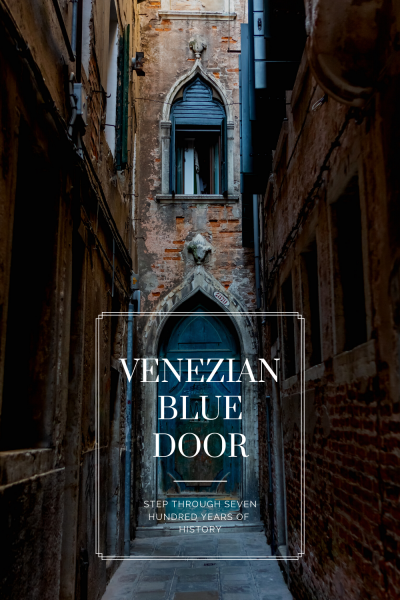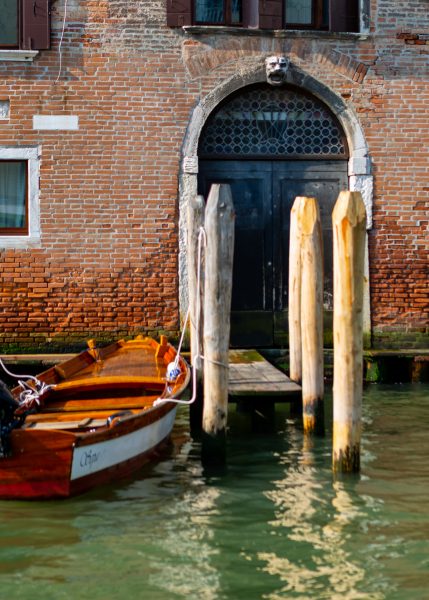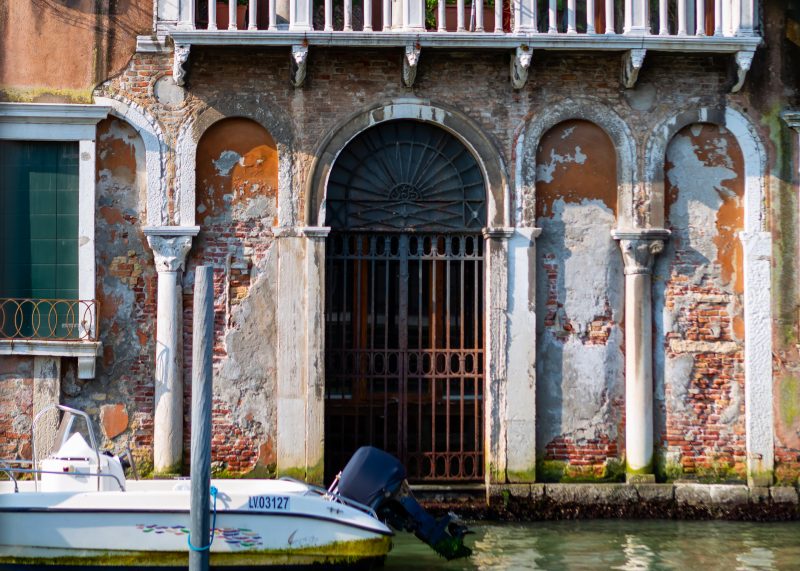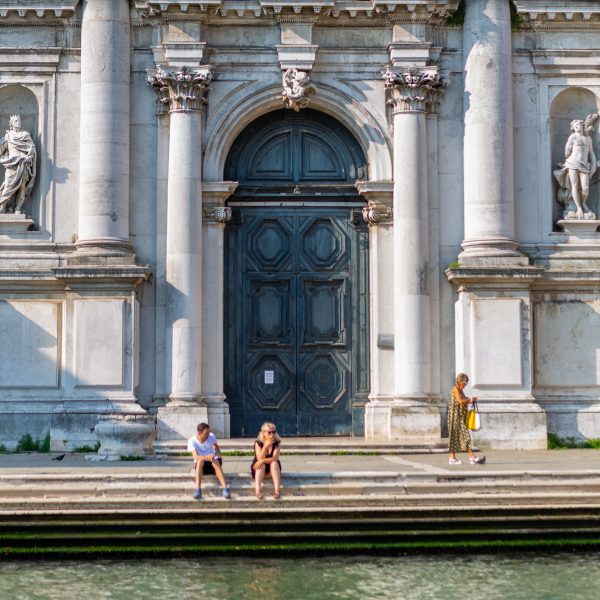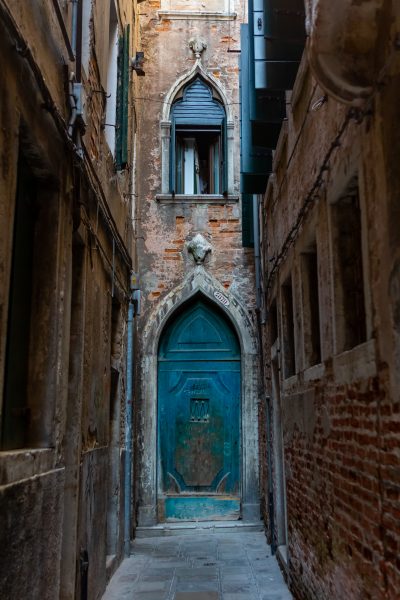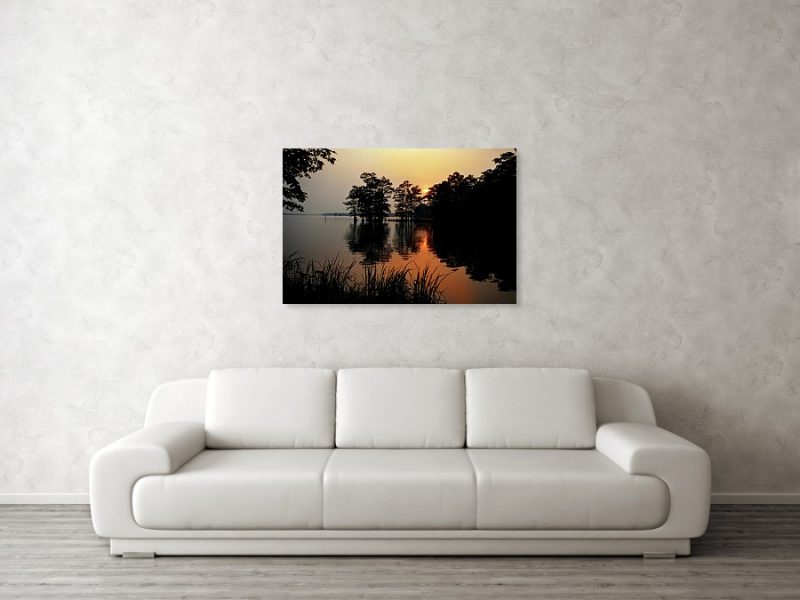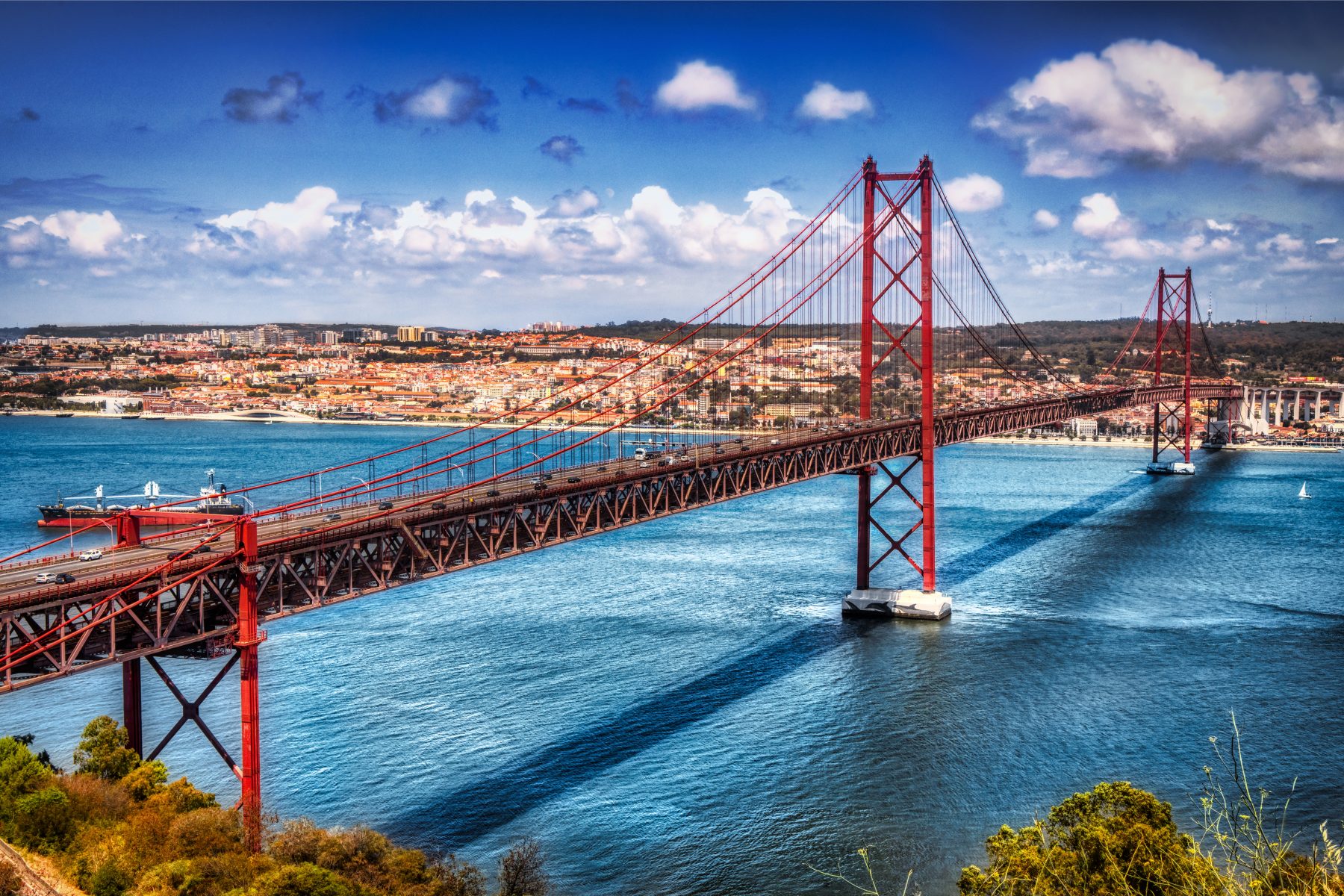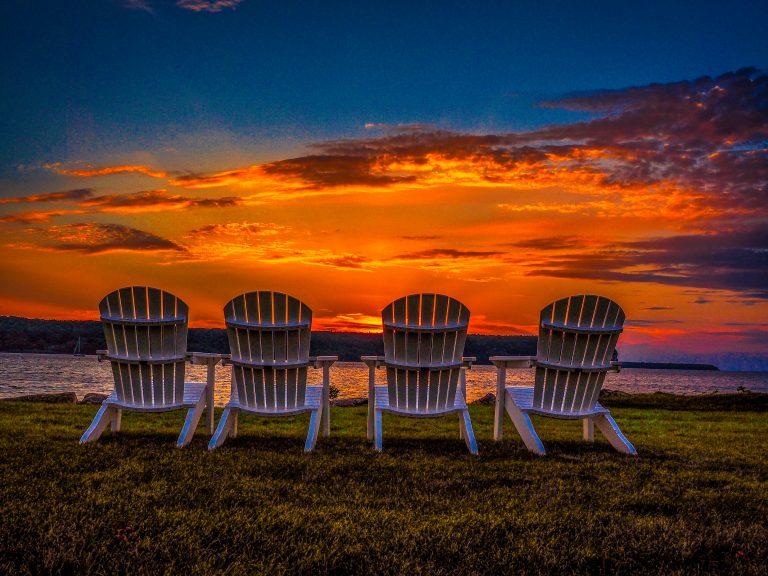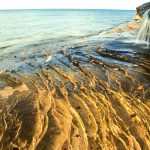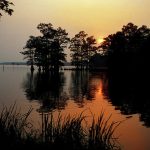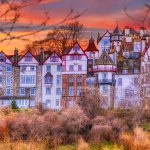
Venice is a city unlike any other, anyone will tell you. There are almost no words to describe its unique splendor. I’ve dreamed of it’s intricate, winding alleys and roadways of water for as long as I can remember. To say my visit was a dream come true is not enough. No justice. I only hope these images capture the feeling of walking among 700 year old buildings, paintings the size of an entire room, and a way of life that is constantly adjusting to the maddening pace of our world. Discover the Venezian Blue Door.
Water Taxi Tour
As we left the Santa Lucia train station and boarded a Vaporreto bound for the Rialto station on the Grand Canal, I was nearly breathless at the beauty before me. I simply adored the doorways that were on the thresholds of the canals. There’s something about the beautiful preserved decay that fascinates me.
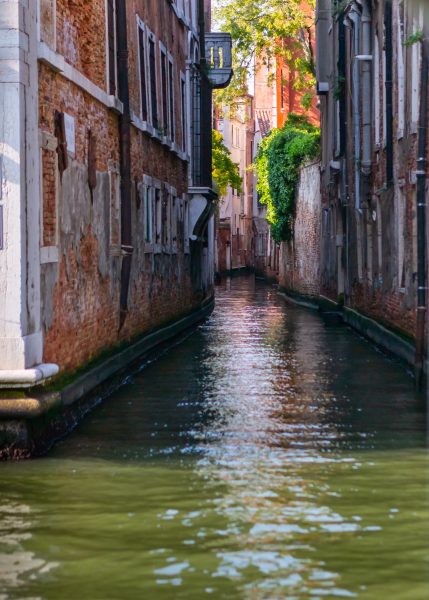
This Venezian Blue Door is on the front of the Chiesa di San Stae, just steps from the Grand Canal.
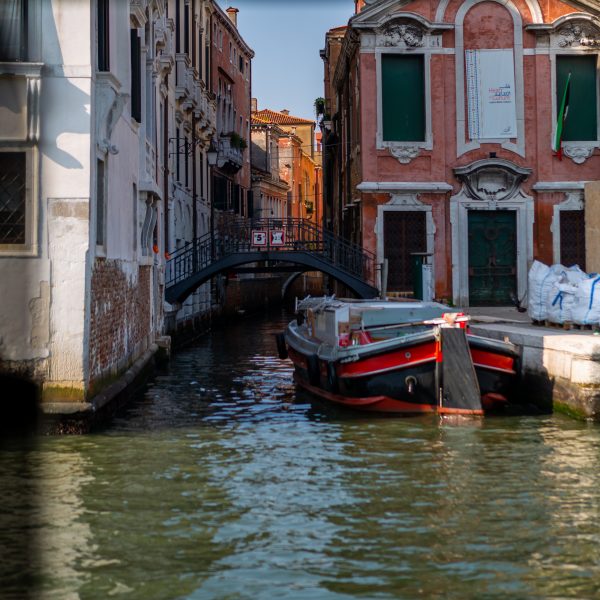
Unlike many, many infinitely more intelligent travelers before us, our plan for the legendary city was only a loose framework at best. In fact, the Rialto station was a terrible place to disembark with our luggage…we days later found a much closer station to our lodgings in the southern part of the San Marco district. But never mind that. Our fearless leader hired a porter and cart to navigate the narrow, winding passages and endless foot bridges to our final destination. I personally couldn’t be happier at our predicament. I was in Venezia, the city of my dreams. A wandering, romantic artist with camera in hand.
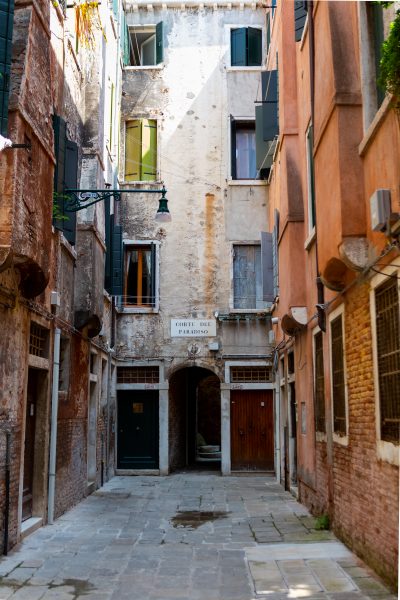
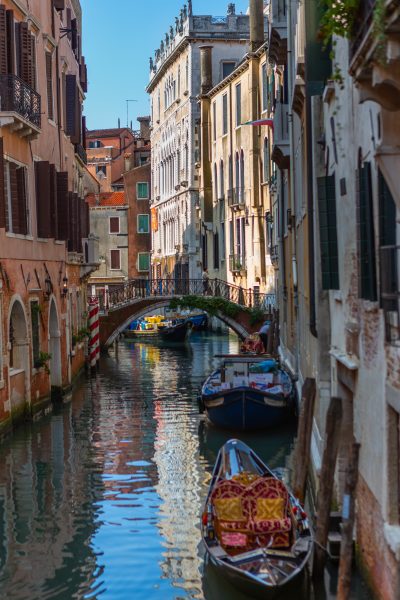
Lazily Wandering the Narrow Streets
I spent the next few days of the sultry, blazing summer aimlessly exploring the Castello district. Starting on the Ruga Guiffa and heading north(ish), I peered into every alley and around every corner. Each sight was more beautiful than the last.
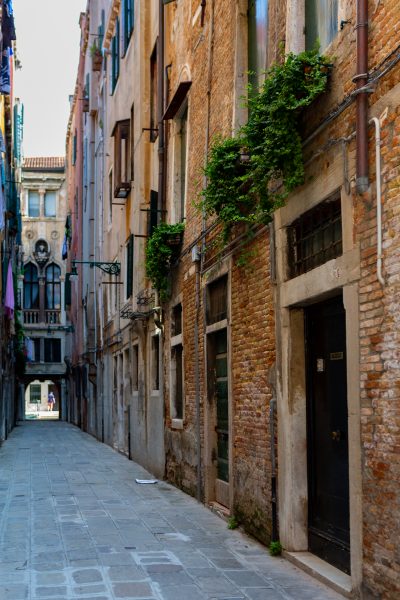
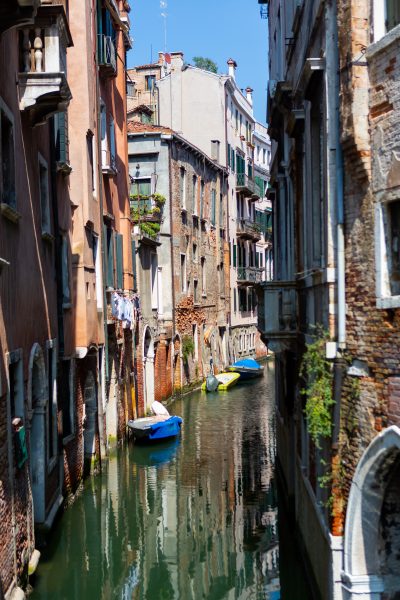
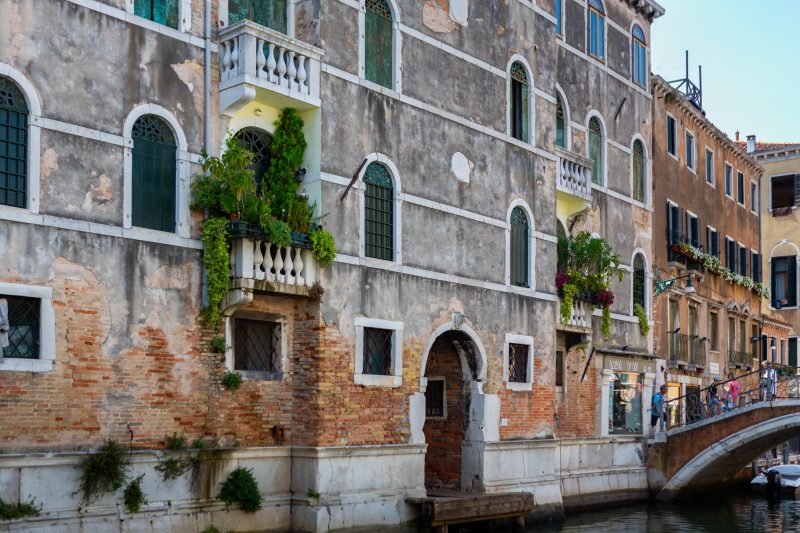
Yet another intriguing Venezian Blue Door surprised me at the end of a narrow alley near our flat. It’s called la porta Blu, just off the Ruga Guiffa, and even has its own spot on Google Maps. Obviously the scene of many past Venezian Carnival photo opps, I appreciated its quiet beauty, simply resting in the shade from a blistering afternoon.
Somehow, magically, we stumbled upon the Chiesa di San Zaccaria and stood in marvel at the 500 year old works of Giovanni Bellini, Tintoretto, and Andrea del Castagno. The sheer scale of these immense, detailed artworks imbues the patron with an immediate sense of calm reverence.
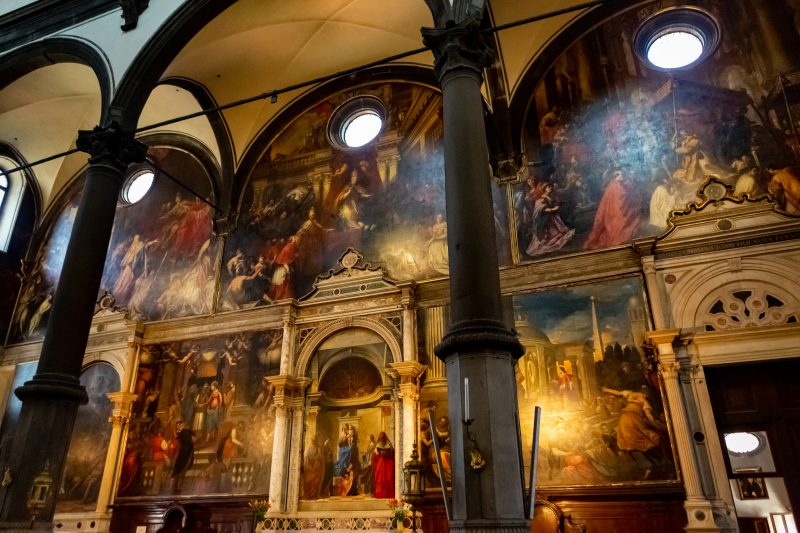
Stopping for a light lunch and a break from the heat at the Osteria Da Bacca, we tucked up into a corner booth and speculated about the storied histories of the pictures hanging on the wall and dreamily wondered at who might have sat here before us.
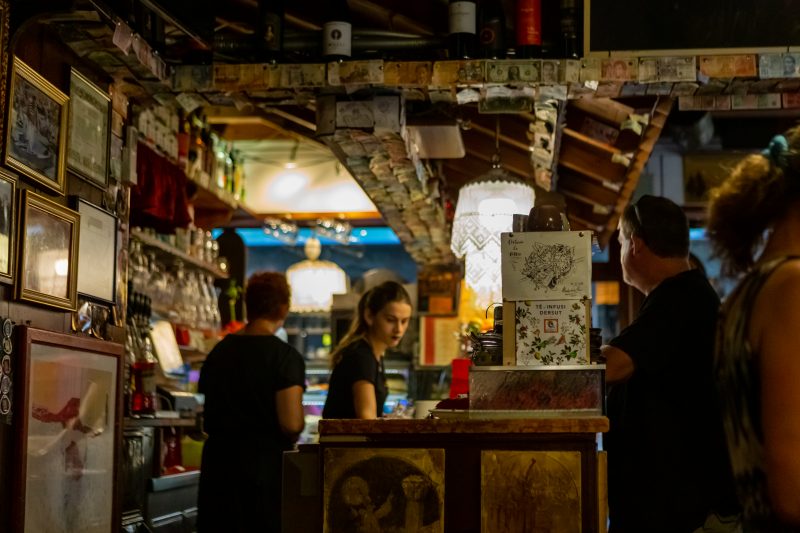
We soon headed back to the flat for a quiet afternoon riposo, my group lazily lounging in their beds and making use of the newly available Wifi. Sitting alone on the small balcony, I watched the throng of other tourists wander the busy Ruga Guiffa and pause to look in shops full of trinkets and postcards. I spied a gelato shop nearby and mentally added it to our itinerary for the evening.
An Evening Stroll
After dinner from a delicious kiosk on the street level of our building and decadent gelato for dessert, we wandered to the south with no particular destination in mind. The streets soon opened up to the south shore of the island where a line of gondolas, moored for the night, heaved and pitched with the waves crashing the shore. There’s something intoxicating about the discovery of wondrous places. I could have watched those boats for hours. We headed west down the wide passerella and crossed the Ponte della Pagila. I spied another interesting bridge, and apparently snapped a night view of the Bridge of Sighs. Who knew.
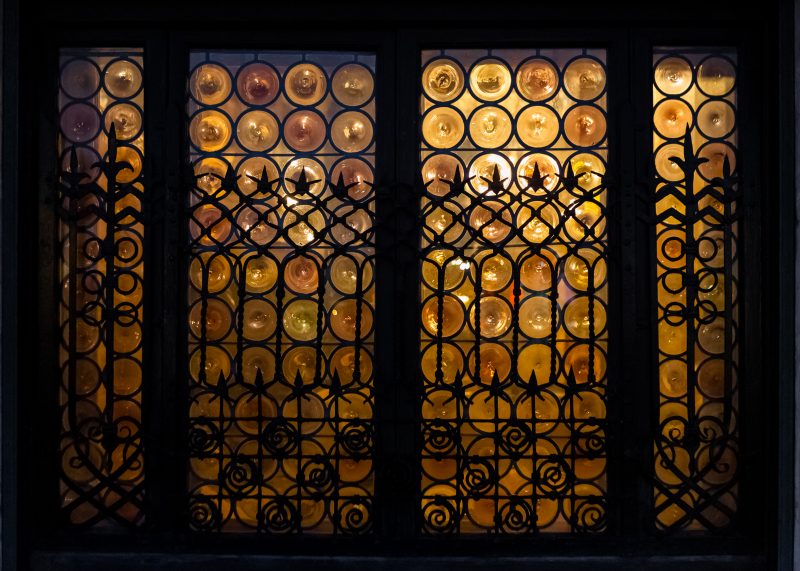

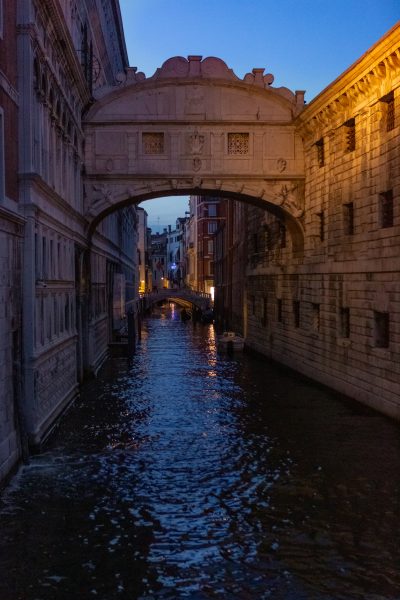
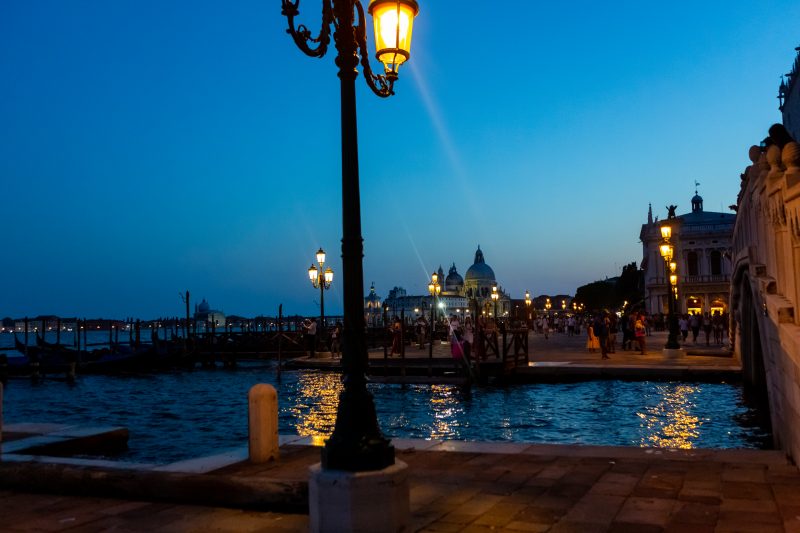
Piazza San Marco
I reluctantly turned away from the glistening water’s edge and rounded the corner, prodded by the bricked paved path. We had no idea we were staying so close to the famed Piazza San Marco and St. Mark’s Basilica. I was greeted by the famed Lion of Venice, stunningly illuminated by the evening lights and perched above the ornate entrance to the Doge’s Palace. As I turned around, I stopped short and caught my breath in amazement at the dazzling panorama before us.

The plaza was full of life, absolutely bursting with a cacophony of sound. I counted no less than five stages with musicians playing completely different genres to the delight of the people seated at tables for two before them. Waiters danced between couples and served with a harmonic grace one would expect in such a magnificent setting.

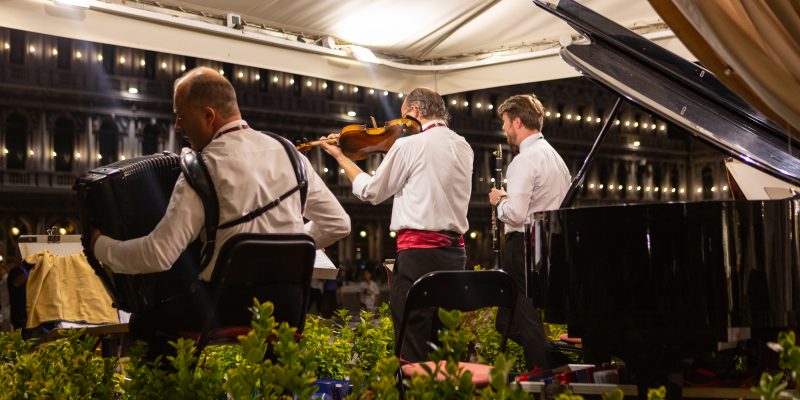
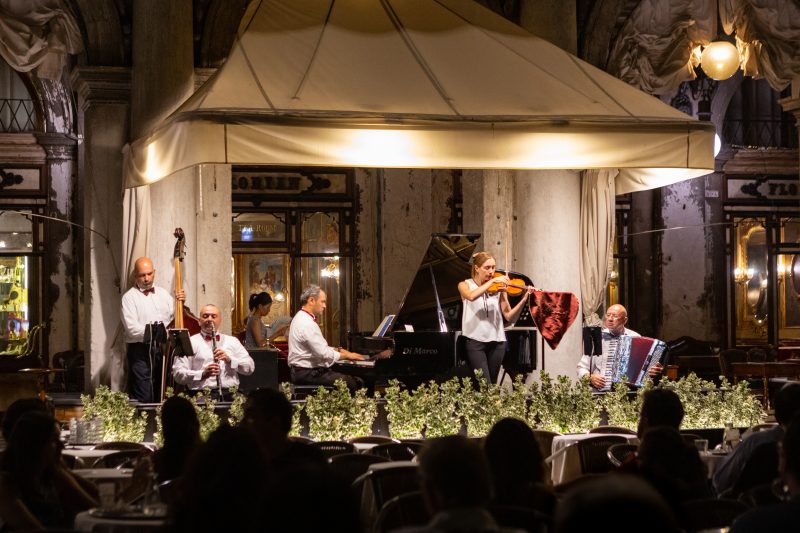
We wandered for what seemed like hours. Numerous boutiques filled with Murano Glass were open for the throngs of tourists enjoying the cooler evening air. I found my favorite pair of earrings on this foray into the Venezian night, and I had to be literally dragged back to the flat.
A Bright Venezian Morning
Alas, all enchanting things must eventually come to an end. On the day of our departure from the island, we were greeted by a bright, bustling morning as we boarded the Vaporetto headed back again for the Santa Lucia train station. The glorious Santa Maria della Salute bid us farewell. Ciao, my beloved Venice. Ciao.
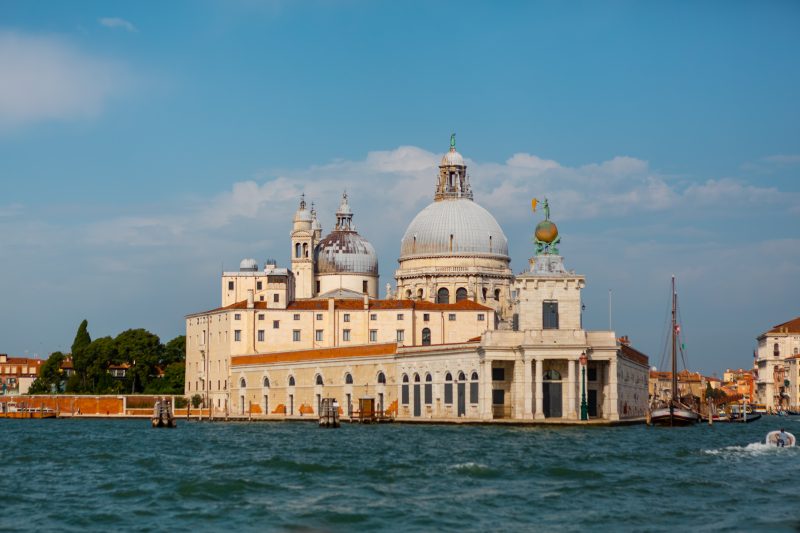
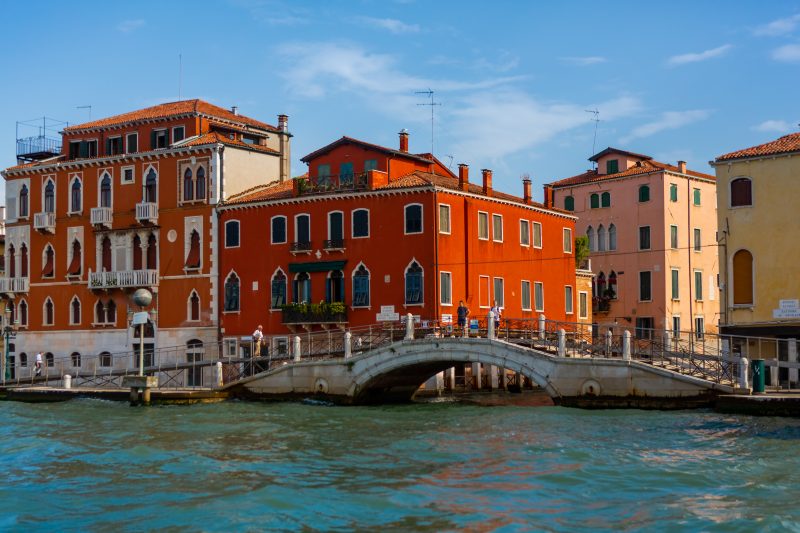
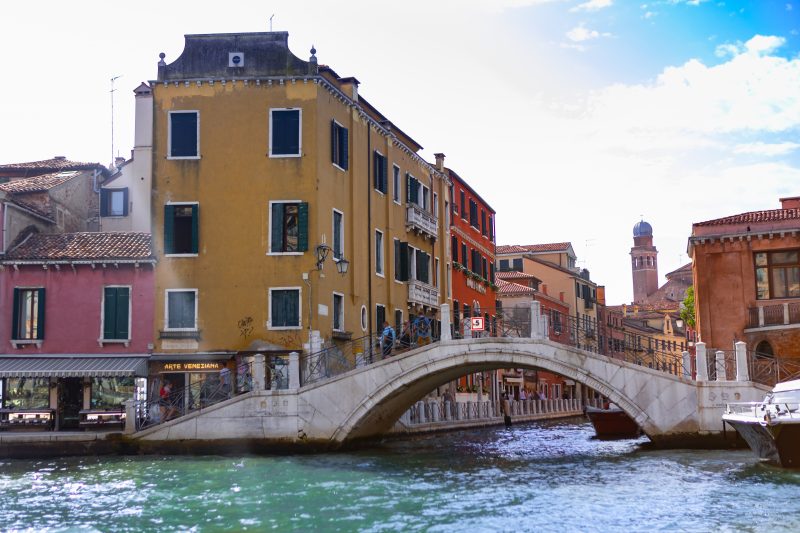

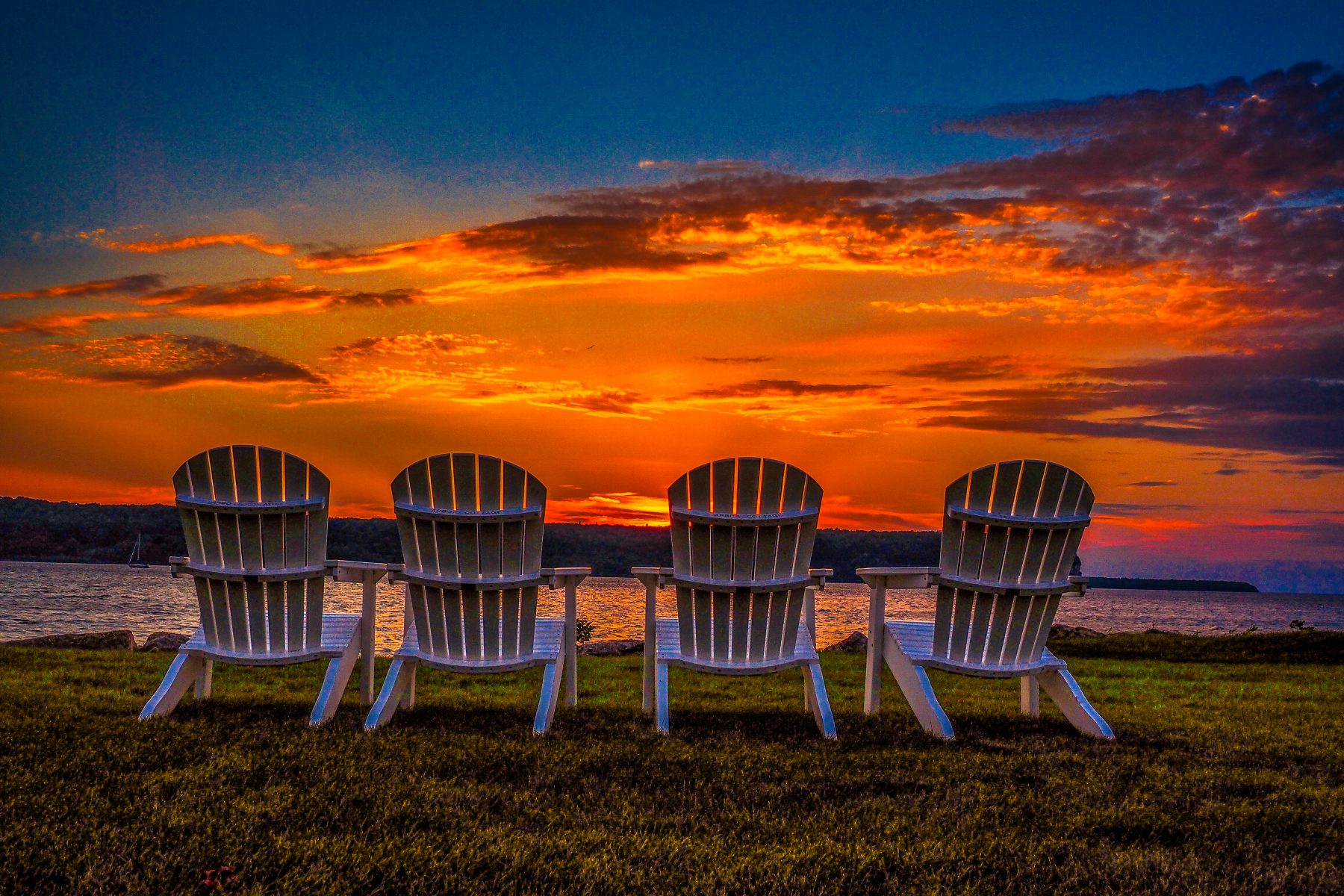
A place with towns called Fish Creek, Egg Harbor, Sister Bay, or Gills Rock has to have character. Such a place is Door County, Wisconsin, my favorite photography location. It is a peninsula that sticks out seventy-five miles into Lake Michigan from the city of Green Bay. The peninsula forms a bay in the only Great Lake entirely in the U.S. The protected Green Bay provides much of the outdoor recreation available in Door County.
Description of Door County
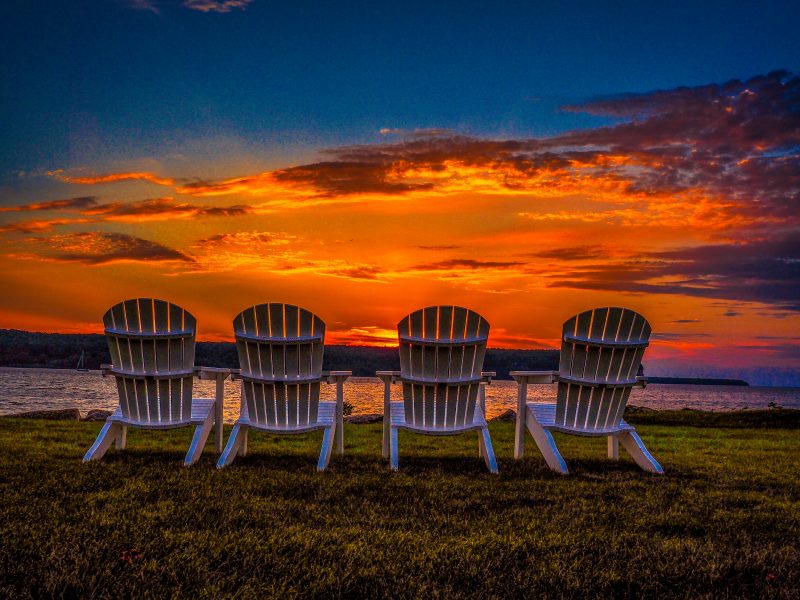
Wisconsin’s Door Peninsula has over three hundred miles of shoreline and encompasses some thirty islands, which amounts to plenty of boating destinations. There are five state parks, ten lighthouses, nature preserves and conservation areas, and many county parks. For outdoor people there is boating and fishing, hiking, bicycling, canoeing, kayaking, wildlife watching, birding, and in the winter, snowmobiling. And of course, photography!
Lighthouses of Door County
Peninsula State Park, Wisconsin’s most visited state park, has the Eagle Bluff Lighthouse. Other lighthouses on the peninsula include the Cana Island, Baileys Harbor Range Lights, Old Baileys, Canal Station, Pilot Island, Plum Island Range Lights, Sherwood Point, and Chambers Island. Many are not open to the public or are accessible only by boat. The Cana Island Lighthouse, north of the town of Bailey’s Harbor on the Lake Michigan side, serves as one branch of the Door County Maritime Museum, the other two being in Sturgeon Bay and Gills Rock. The Canal Station Lighthouse or Pierhead Light is located at the Lake Michigan end of the Sturgeon Bay Ship Channel. Bailey’s Harbor Range Lights are located in the 100-acre Ridges Sanctuary. It is designated as a state natural area and is an important birding area.
Colorfully Named Communities
Many small communities n Door County have distinctive names that remind visitors of their colorful history. Towns like Bailey’s Harbor, which sits in a protected cove, was named for a Captain Justice Bailey, who happened upon the cove during a fierce storm in 1848. Egg Harbor, by historical accounts, was named when a “friendly” confrontation in 1825 by two parties ended in a large egg-throwing fight. Ephraim on the Green Bay side of Door was founded in 1853 as a religious community and since its founding, has prohibited alcohol sales and is still the only dry town in Wisconsin.
Gills Rock, situated at the end of the Door Peninsula, is the point of departure for the Washington Island Ferry. Washington island is only accessible by ferry, or by private boat. From Washington Island another ferry takes passengers, no cars, to Rock Island.
Fish Boils
Fish boils are common in Door County. This is an entertaining way to sample the regional fare, usually white fish from Lake Michigan. Many credit Scandinavian immigrants for bringing the fish boil to Door County. Fish boils were originally used to feed large crowds of lumberjacks and fishermen economically. As the area grew as a tourist destination, it became a popular attraction at local restaurants.
With so many opportunities for outdoor recreation in Wisconsin’s Door County from its hiking, biking, skiing, and water activities, and with its many attractions to visit, especially its lighthouses, the Peninsula called Door would be an excellent place to visit.

For more of my Travels in Blog form, see Reelfoot Lake and Keweenaw Peninsula.
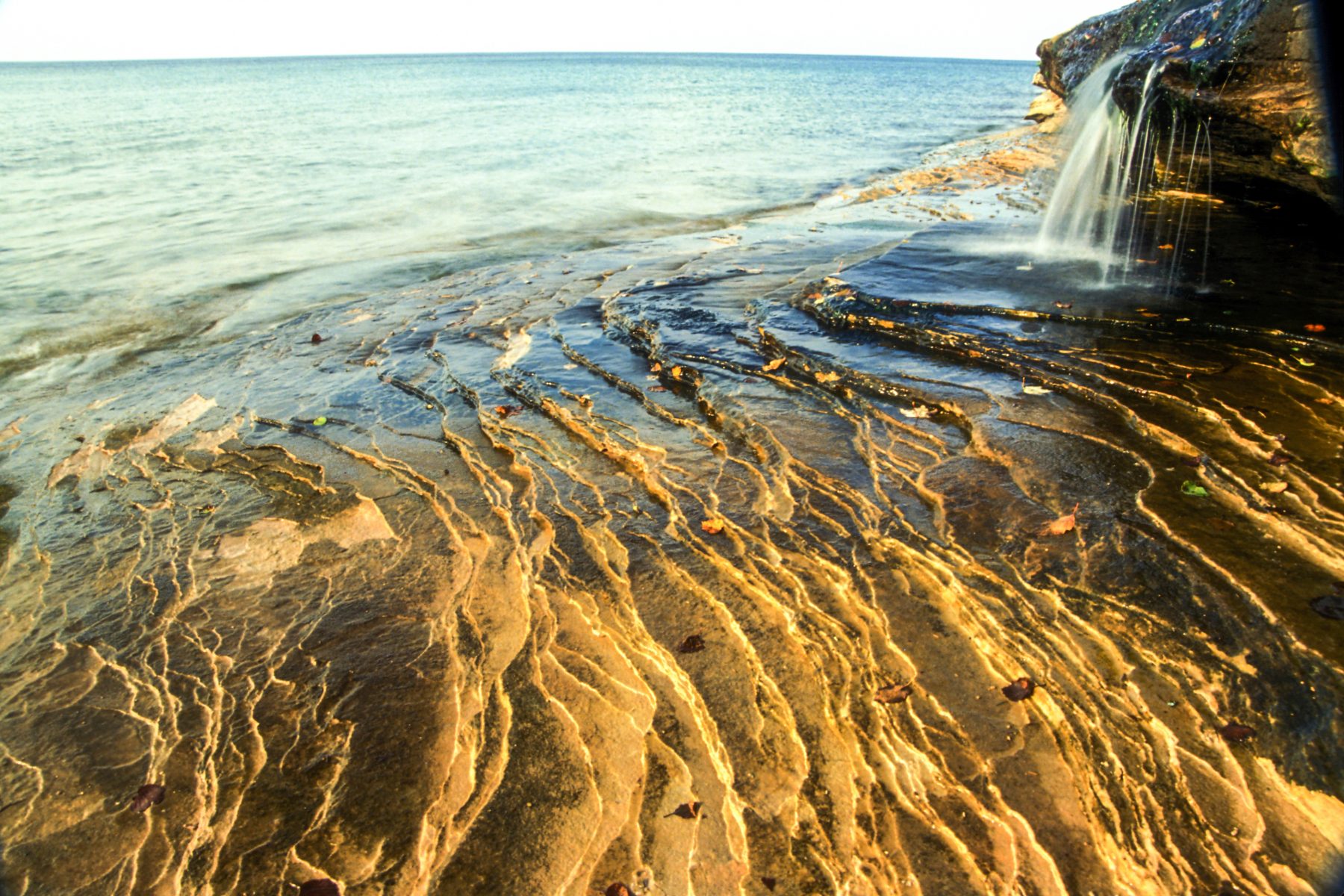
Keweenaw Peninsula and Copper Harbor
The Keweenaw of Michigan’s Upper Peninsula projects into Lake Superior. It was the site of the first copper boom in the United States. Called “Copper Country,” it has a colorful history of hardworking immigrants who carved themselves a place in this wild country.

Copper Harbor is a small town at the extreme point of the Keweenaw Peninsula of Michigan’s Upper Peninsula. The town’s name gives evidence to the former use. That is, its harbor was a port for shipping copper mined from local deposits during the mid-19th century. That economic activity no longer exists and the town’s harbor is mostly used for recreational endeavors such as snowmobiling and sightseeing.
The town is in an area of scenic beauty. It is the northern terminus of US Highway 41 and the eastern terminus of State Route 26. Both approaches to Copper Harbor, the shore hugging State Route 26 from Eagle Harbor and the more inland US 41, offer excellent views of the countryside. So does the 10-mile Brockway Mountain Drive off M 26, which has several pullouts that afford scenic views. At the top of Brockway Mountain (1328 feet) visitors can enjoy a panoramic view of Lake Superior and some of the inland lakes of the Keweenaw Peninsula.
Fort Wilkins Historic State Park and Beyond
Fort Wilkins State Historic State Park is near Copper Harbor. It is a restored 1844 frontier army base originally built to protect the port in the early years of the copper mining boom. It has one of the first lighthouses on Lake Superior, Copper Harbor Lighthouse. However, the lighthouse is accessible only by boat but is no longer open for tours.
Beyond Fort Wilkins Historic State Park visitors can follow Manganese Road from the town’s center to Manganese Falls and Lake. Farther, Estivant Pines Wilderness Nature Sanctuary has 350 acres of some of the oldest and tallest remaining strands of virgin white pines located in Michigan. Three loop trail combinations give hikers a choice of one mile to two and a half mile loops over rugged terrain. Besides the old growth pines, there are at least 256 plant species with ten species of orchids. There are also over eighty bird species and large mammals. The trail is a part of the Michigan Nature Association Sanctuary.
Lake Fanny Hooe Campground
The Lake Fanny Hooe (pronounced Ho) Resort and Campground is an excellent place to camp during a visit. It offers access to the lake and is nearby all the attractions of Copper Harbor. It is an easy drive to other points of interest of the Keweenaw Peninsula of Michigan. They include the Eagle Harbor Lighthouse, the Delaware Copper Mine, and the Great Sand Bay.
This photograph and others are available at James Richardson’s Fine Art America site.
Here is how Shoreline of Lake Superior would look over your couch:
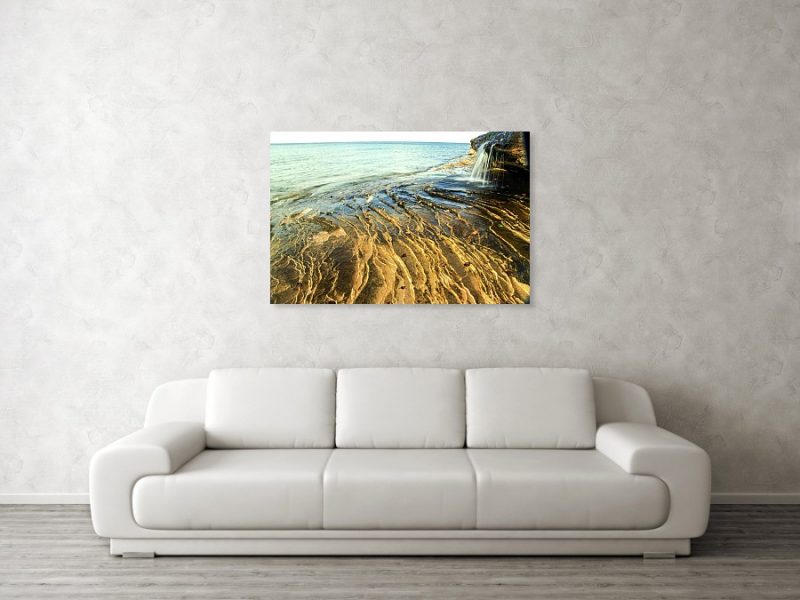
Visit my other post here.

Sunrises are my favorite times to photograph, especially of a sunrise at Reelfoot Lake located in northwestern Tennessee. I made this photograph one summer morning. I got out of my camper and grabbed my camera gear, hoping for a good sunrise. It happened!

What and Where is Reelfoot Lake?
Reelfoot Lake is known as the “Earthquake Lake” because it was formed by massive earthquakes in 1811 and 1812. So great were the earthquakes that the Mississippi River, which feeds the area, flowed backwards and filled the holes created by those earthquakes. As a result the lake formed and has become a great place to fish, hunt, camp, and photograph. The abundant cypress trees make excellent habitat for migratory waterfowl and wading birds. Bald eagles come to roost in the cypress trees during the winter months of December through March to raise their young. There are several nesting pairs that make Reelfoot Lake their permanent home. Eagle watching tours are a popular way to see the national bird in its natural habitat.
Reelfoot Lake is in the northwestern corner of the state of Tennessee near the Mississippi River. It is encircled by a state park with the same name and by a couple national wildlife refuges, where waterfowl (ducks and geese), wading birds (like the egrets and herons), make their winter home. Pontoon boat tours take visitors around the lake for more wildlife viewing. I especially enjoy photographing the cypress trees in every season.
This framed photograph of a Sunrise on Reelfoot Lake would make a pleasing addition to a great room or bedroom.
See more of my photography for art prints, metal and canvas prints, tote bags, and greeting cards at my Pixels Website and my Pinterest Site. I also have another Travel Blog where I delve more deeply into a destination.
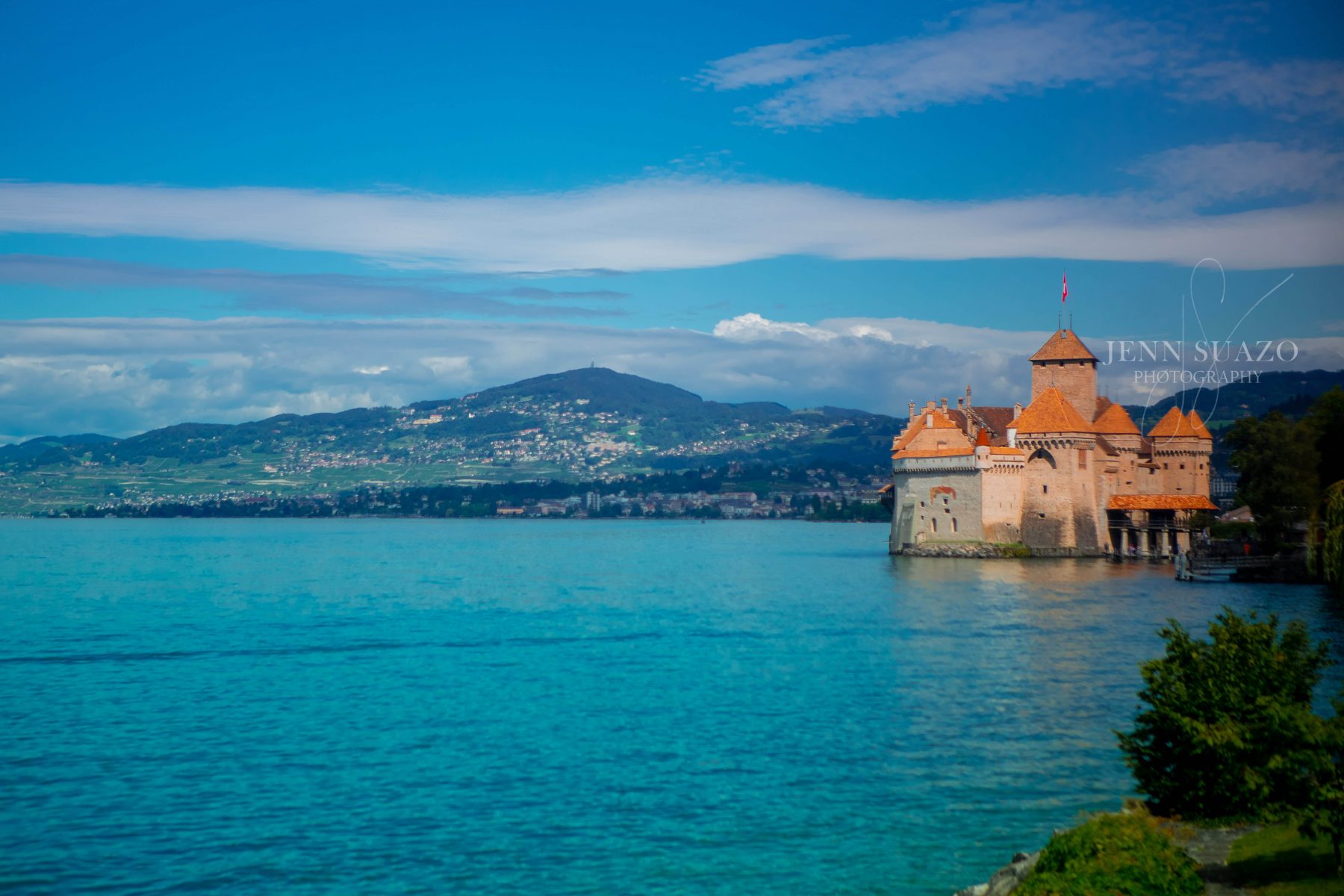
Never in my wildest dreams did I ever think I’d get to see the breathtaking Swiss Alps. Who knew it would be complete with a fairy tale castle?! Our train ride through the Italian Alps toward Paris took us through Switzerland and afforded a spectacular view of the Chateau Chillon on Lac Leman (Lake Geneva).
Alpine vineyards flew past the windows on our train from Milan to Paris. Taking the scenic route through Stresa and Domodossola allowed us to soak up the same Northern Italian sun that ripens the Piedmont region’s glorious Barbera variety. I loved watching hillside vineyards roll with the curves of the land.
Heading west through the Alps and into Switzerland, the view soon opened up to the spectacular Lake Geneva. The perfect blend of blues danced through the sky and water – cerulean, azure, cyan, and even a touch of periwinkle.
I couldn’t believe my eyes when a castle appeared on the horizon. An actual, European castle. I had done little research about this leg of our journey, opting instead to take the delightful surprises as they came. It was simply wonderful. I framed the orange-roofed Chateau Chillon on Lac Leman amongst the complimentary blues and captured this breathtaking view with the same camera that I normally use for Real Estate photos.
This image is so calming to me. The myriad of blue hues combined with the orange topped towers of the castle create my favorite complimentary color combination. Aqua and Orange – perfect. Such a relaxing vista. Chateau Chillon is a perfect addition to your quiet reading nook.
I think it looks particularly fabulous as a large 40×60 acrylic print. You can order your own castle view HERE.
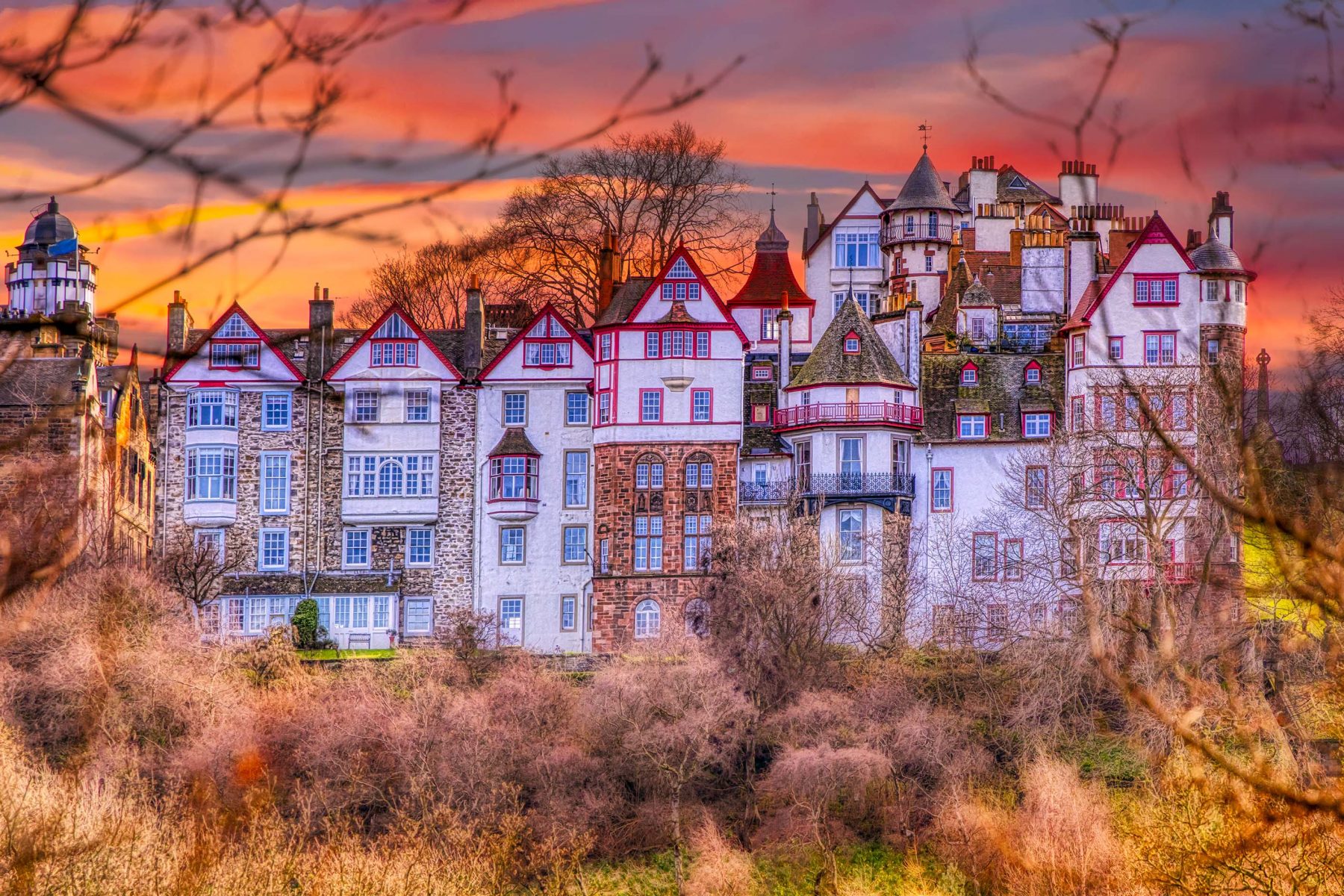
Edinburgh in autumn
Edinburgh, the Scottish capital, is a major tourist attraction.
The number of tourists is one and a half times the inhabitants during the summer festival. In December it is all sold out for Christmas and Hogmanay reveling.
Edinburgh in autumn is a time of respite, in other words, the best time to look around calmly.
I like to take pictures when the sun has just dropped, exactly when the reddish glow of the lights have the same intensity as the sky.
Edinburgh, a view from the North Bridge
This image has of the castle in the background, preceded by the Assembly Hall and Museum on the Mound. It’s my view of Edinburgh in autumn from the North Bridge.
On the sidewalk of North Bridge, there is a metal plate with the camera icon and all the Japanese tourists line up their feet for their ministerial shoot exactly that point.
But I’m a renegade, so my pic shows Market Street from the opposite side of the recommended place.
The Ramsey Garden
The most photographed place in Edinburgh is probably Princes Street, nevertheless, original views still can be found.
Only in the fall, we can see the opposite bastion, when the markets are absent, the Ferris wheel has not yet been mounted and the trees are bare.
Princes Street is actually the only public place where the Ramsey Garden is visible, a place that looks like fairytale houses, a place where an apartment costs a fortune.
These delightful houses are restorations of old buildings in the Castlehill area. They are distinguished by the exterior red and white harled ashlar, and by their prominent position looking at this small valley.
The Scottish Parliament
Edinburgh is a capital, so it has its own parliament. How do you imagine the Scottish Parliament building? Maybe austere and dark? Instead, it is exactly the opposite!
There are many examples in the city of ultra-modern constructions and the parliament is one of the best.
My photo shows the backside, probably the least known. People call Thinking Rooms this array of small studies. It’s where politicians close themselves to thinking what to do against … the hated English parliament.
This postmodern work is by the Catalan architect Enric Miralles and, personally, I like it very much. I took this picture with the midday sun because I like the flare.
More Pubs than Churches
Edinburgh is full of churches but the number continues to decline for a simple reason: they are converted into art exhibitions, weird apartments or, more commonly, in pubs.
My photo shows the excellent result obtained in this case. The music is live and the beer flows!
I could not resist adding the phrase in Latin, however, I can testify, Scotland is the best country in the world for beers.
Thank you so much for reading this!
Please don´t forget to visit my galleries to find more real travel photography and imaginary landscape!
Micah

River Rhine at Twilight
Watercolor Paintings by Sabina von Arx
Summertime at the River Rhine
The River Rhine (Latin: Rhenus, German: Rhein) is one of the major European rivers, which has its sources in Switzerland. It flows in a mostly northerly direction through Germany and the Netherlands, emptying into the North Sea. The river begins in the Swiss canton of Graubünden in the southeastern Swiss Alps and then flows through the German Rhineland and the Netherlands and eventually empties into the North Sea.
On location painting in summer: At dusk in summertime we have this beautiful glowing twilight transforming the landscape into a miracle of warm pastel colors at the horizon and with dark contrasting colors in the foreground.
 Click on this link to visit my Online-Gallery for Art Prints
Click on this link to visit my Online-Gallery for Art Prints
Autumn at the River Rhine
On location painting in autumn: For my outdoor painting I stood at the same spot again but this time in late autumn. Now we have a very different light situation and another palette. There are warm golden glowing tones of yellows, orange, reds and warm browns. The light is much softer than in summertime and there is a slight haze over the scenery.
 Click on this link to visit my Online-Gallery for Art Prints
Click on this link to visit my Online-Gallery for Art Prints
My Artistic Approach
I do chose a semi-abstract approach for my watercolor paintings. Therefore I change the local color to powerful tones and shades of atmospheric light. So the painting depicts a dreamy world of wonderful holidays. Also see my other Posts with paintings from Europe Provence France – Old Village of Gordes , Italy – Pai Sopra on Lake Garda, Greece – Santorini Switzerland – Cabins in Snow. Art Prints on paper and canvas prints are available in different sizes and qualities. Visit my online art gallery for more travel art.

I have always loved to travel. There are quite a few places on my must go to list and I have to admit that Cuba was never one of them. But several years ago, I had the opportunity to spend a week and half there. I am so glad that I did. I would go back in a heartbeat if given the chance. The people were wonderful and inspired an optimism in me. You can read more about my Cuba experiences here.
Evening Sales in Havana, Cuba
This image was taken after the Cannon Ceremony at La Cabaña fortress in Havana. The crowds of people had vanished and this vendor was looking for one last sale.

Bay of Pigs
We had stopped for lunch at a Paladares (a restaurant in a home) at the Bay of Pigs. The ocean views were beautiful. But I was taken with the small houses and the people.

Havana
The streets are as narrow as you would find in any old city. But the large windows and bright sun shining down created a warm, open feel. The people weren’t in a hurry, never pushing or prodding.

As I said, Cuba inspired me to keep trying and never give up. You can read about how Cuba inspired my Travel Maps here. If you get the opportunity to go, take it!
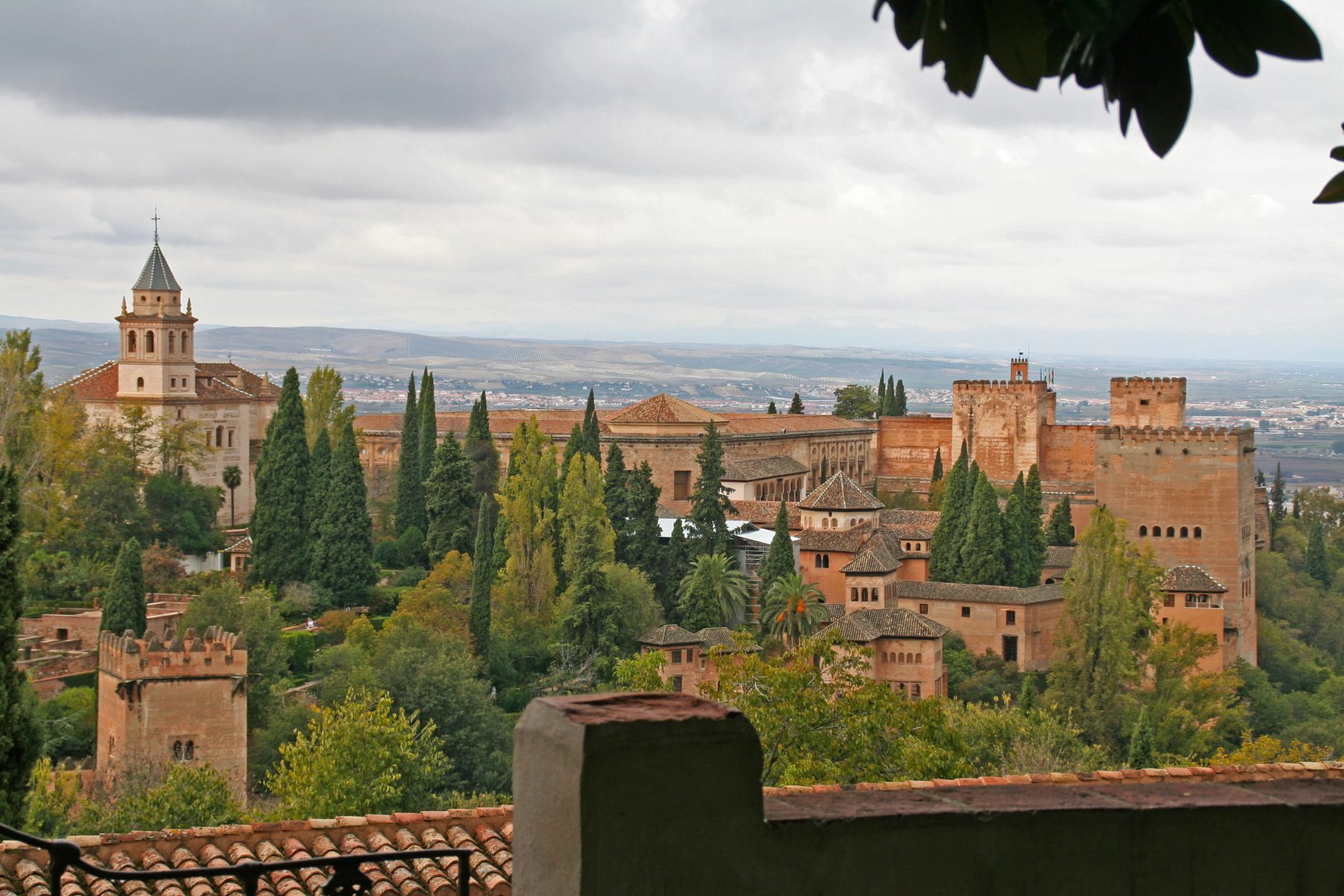
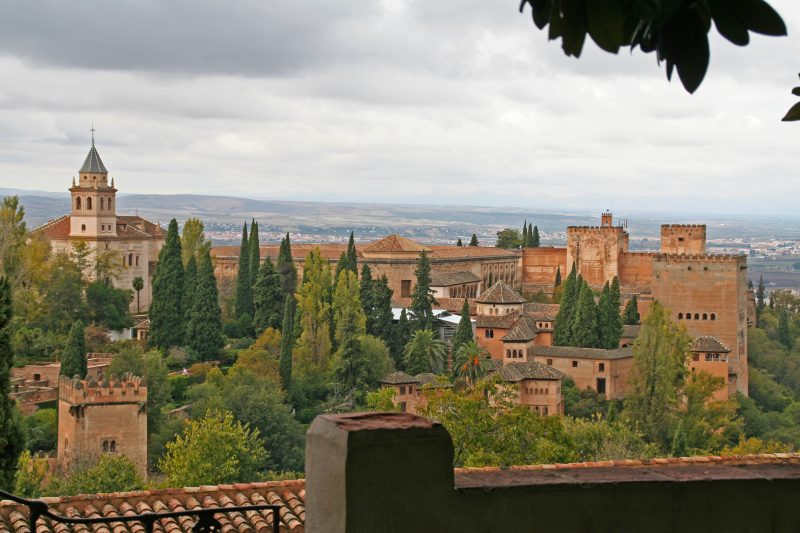
La Alhambra is a palace and fortress in Granada, Spain. Originally constructed in 889 AD, it was largely ignored until its ruins were renovated and rebuilt in the 13th century. The design of the complex is Moorish and the name comes from the Arabic meaning “the red” and is derived from the reddish color of the outer walls. The plateau on which La Alhambra is built overlooks Granada’s old city. The complex contains numerous buildings, each built and decorated with intricate detail. It was converted into a royal palace in 1333 by Yusuf I, Sultan of Granada. After the Christian Reconquista in 1492, La Alhambra became the Royal Court of King Ferdinand and Queen Isabella and was the site where Christopher Columbus received the endorsement for his expedition.
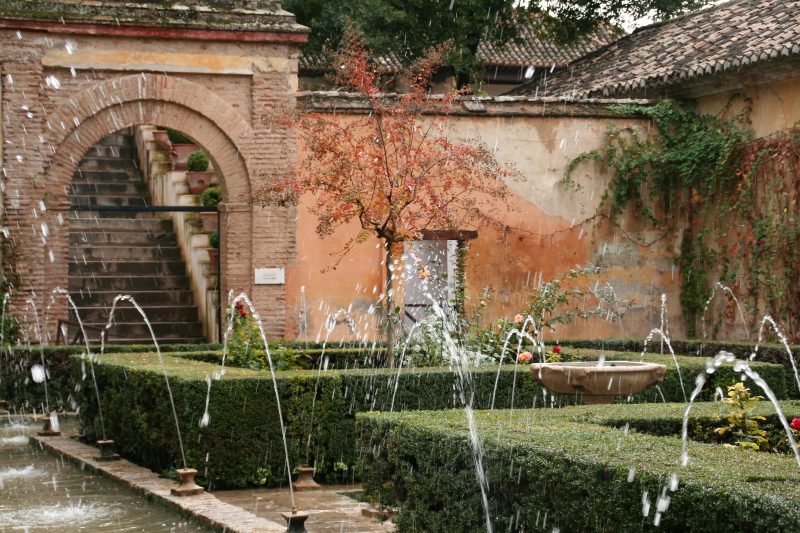
Over the years there were numerous additions to La Alhambra. Many palace buildings were added, all opening into central courts or newly established quadrangles. All the additions built by different Muslim rulers who lived in the complex adhered to the consistent theme of “paradise on earth”. Arcades, fountains with running water and reflecting pools were used to add to the aesthetic and functional appeal of La Alhambra.

A view from one of La Alhambra buildings across to the main complex of buildings.
La Alhambra was designated as a UNESCO World Heritage Site in 1984. Visiting this outstanding historic place was one of the highlights of my trip to Spain.
